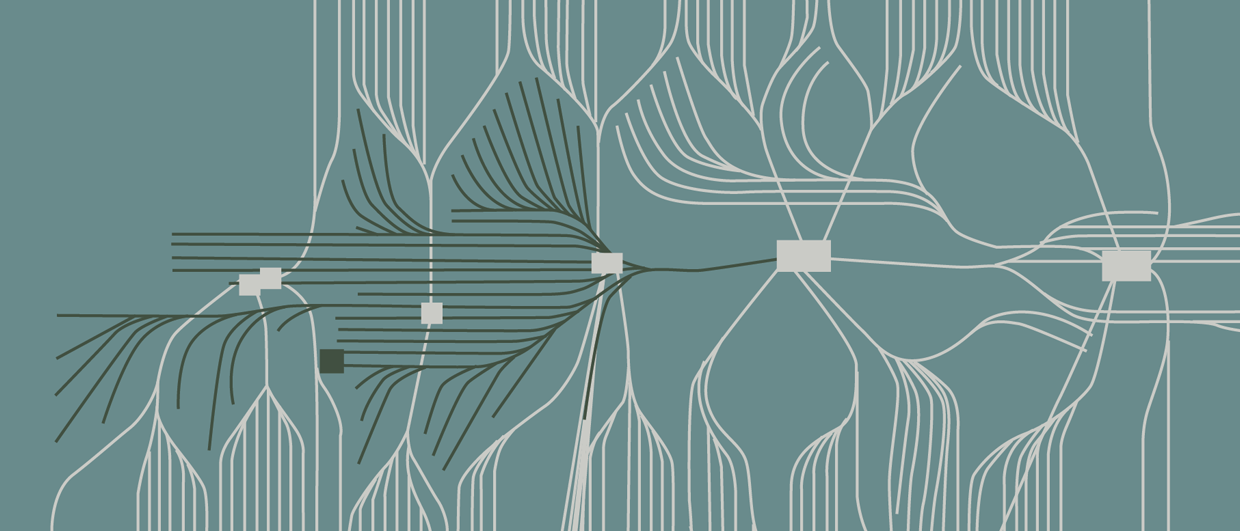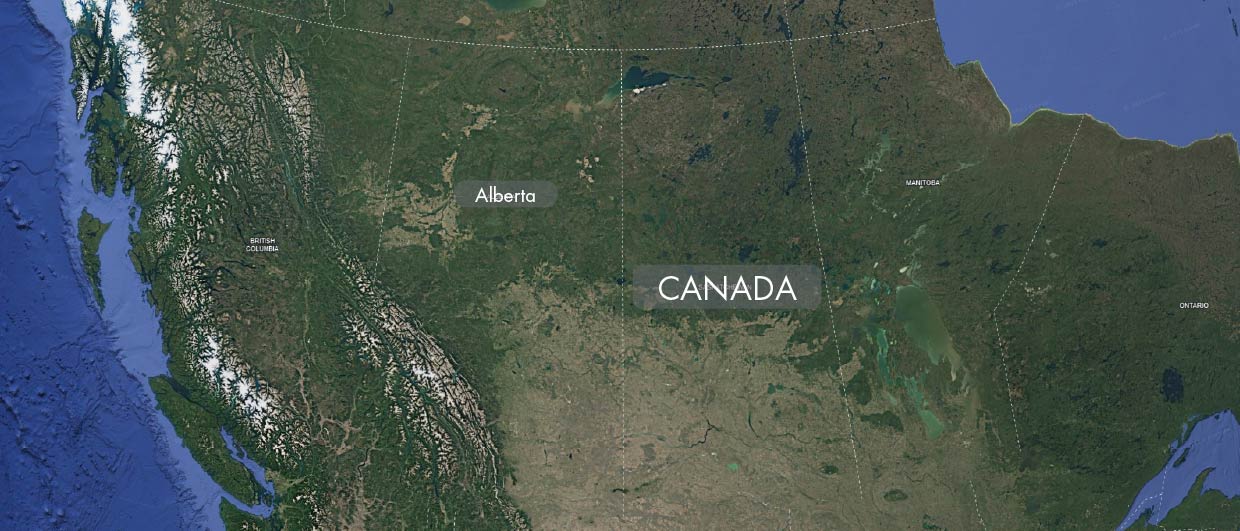“Some of our geochemical analyses were conducted on drill cuttings that are almost 50 years old, which confirms that a lot of new information can be found in old materials,” says Martin Fowler, head of Applied Petroleum Technology’s (APT) Canadian operation, which has headed up the multiclient study.
APT has sampled and analysed drill cuttings from 13 key wells from the southern part of the Grand Banks offshore East Canada to assess source rock potential, possible oil staining and evaluate the thermal history. The objective was to provide new insight into the potential of the Lower Jurassic petroleum systems in the region.
“In Europe, intra-continental basins hosting Lower Jurassic source rocks are well known, sourcing commercial oil deposits in Germany, the Netherlands, France, Spain and the UK. However, to the South and West their occurrence is much less well understood,” adds Fowler.
This study has for the first time demonstrated their continuation across the North Atlantic conjugate. It is obviously a big jump between identifying a new oil presence from geochemical analyses to making an actual discovery, but we hope that our analyses could be of interest to energy companies that are investigating opportunities offshore Canada.”
The study has generated new lower Jurassic source rock screening data, vitrinite and spore colour maturity data and apatite thermochronology data as well as conducted Lower Jurassic oil stain screening and characterisation. Apatite thermochronology is a method of recovering time-temperature history of source rock which is subsequently utilised as input to basin modelling.
The oil stain data has been compared with both Jeanne d’Arc oils and Lower Jurassic oils stain data from the European conjugate (UK, Ireland, Spain and Portugal), thereby providing a unique data set to enhance the understanding of Lower Jurassic source presence in the North Atlantic domain. The high-quality thermal calibration data generated allows robust calibration of the burial histories across the study area of interest.
TEXT: RONNY SETSÅ





